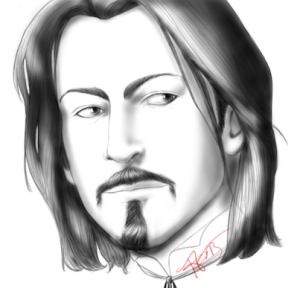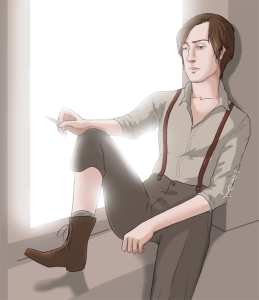Late last month, we began an examination of Sara Howard’s historical context in an effort to understand the kind of upbringing, education, and career choices a young woman born in a similar decade and socioeconomic group to Sara would have had available to her in the late 19th century. I termed this woman a “hypothetical” Sara, and today’s post will build upon on last month’s to discuss the pre-college and college educational opportunities our hypothetical Sara would have had during the 1870s and 1880s in New York.
The Pre-College Years
The Alienist, 90-1:
“… My father was an expert marksman. My mother, however, was an invalid, and I had no siblings. I therefore became my father’s hunting and trap-shooting partner.” All of which was perfectly true. Stephen Hamilton Howard had lived the life of a true country squire on his estate near Rhinebeck, and had trained his only child to ride, shoot, gamble, and drink with any Hudson Valley gentleman – which meant that Sara could do all those things well, and in volume.
As described in Part One, our hypothetical Sara was an only child born to an upper-class New York family in the mid-to-late-1860s. Given her father’s ownership of a Hudson Valley estate as well as a city home on Gramercy Park, it seems reasonable to assume that he would have shared some of the values common among old New York gentility such as the importance of “good looks, health, grace, and cleverness” in women. However, as the quote above describes, this particular father seemed to be determined to provide his only daughter with the same advantages he would have offered a son. Although this would have resulted in our hypothetical Sara receiving an education superior to that received by many girls during the same period who were frequently educated in “practical” subjects at home for most of their youth, statistically Sara’s was not an unusual upbringing for girls raised by educated parents in middle- and upper-class families in the Northeast—provided, of course, that their daughters were only children or had few brothers. Even though most of these parents still ultimately desired their daughter enter the respectable sphere of domesticity once she reached her early-to-mid-20s, a good education during her formative years reflected the family’s belief in the value of self-improvement and personal advancement (also see Part One). | Continue reading →


